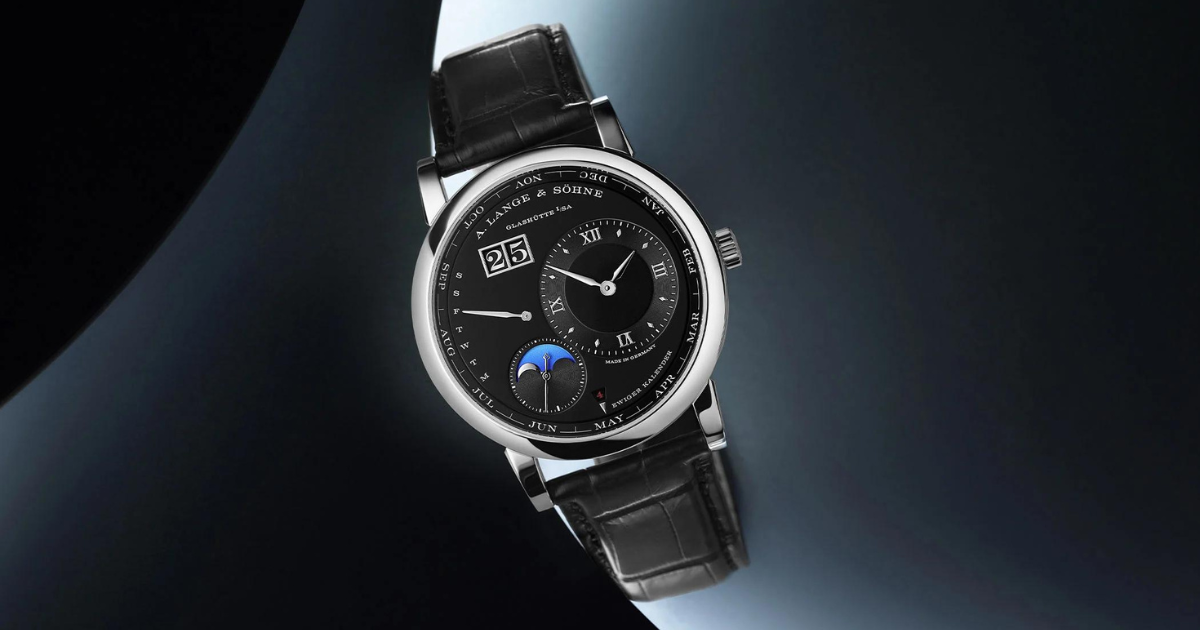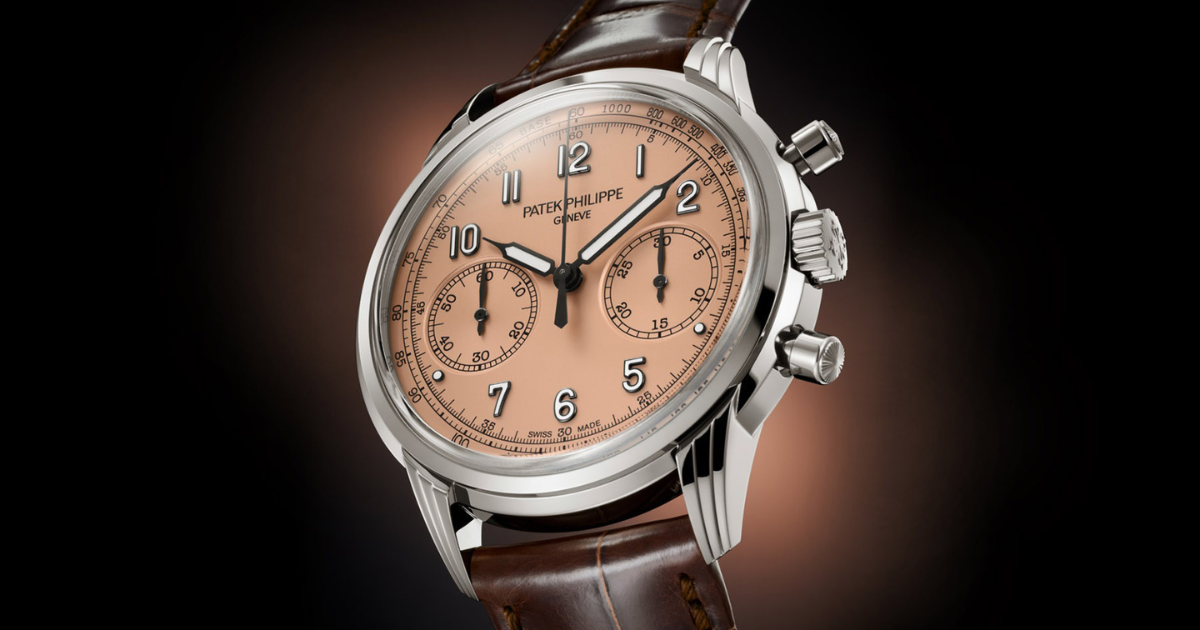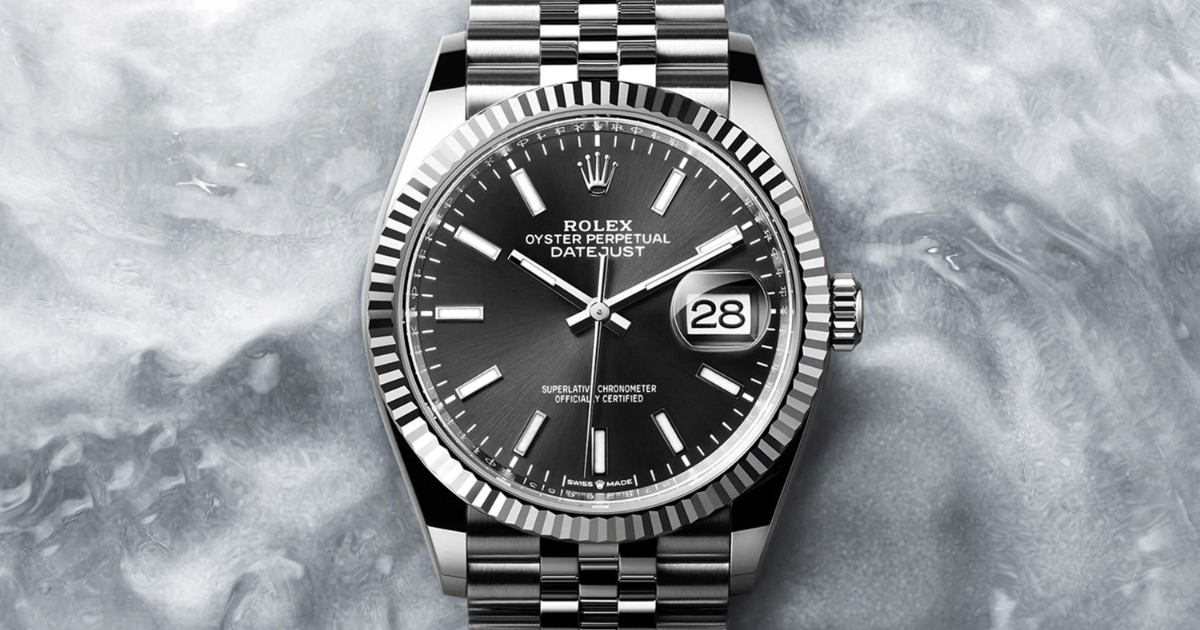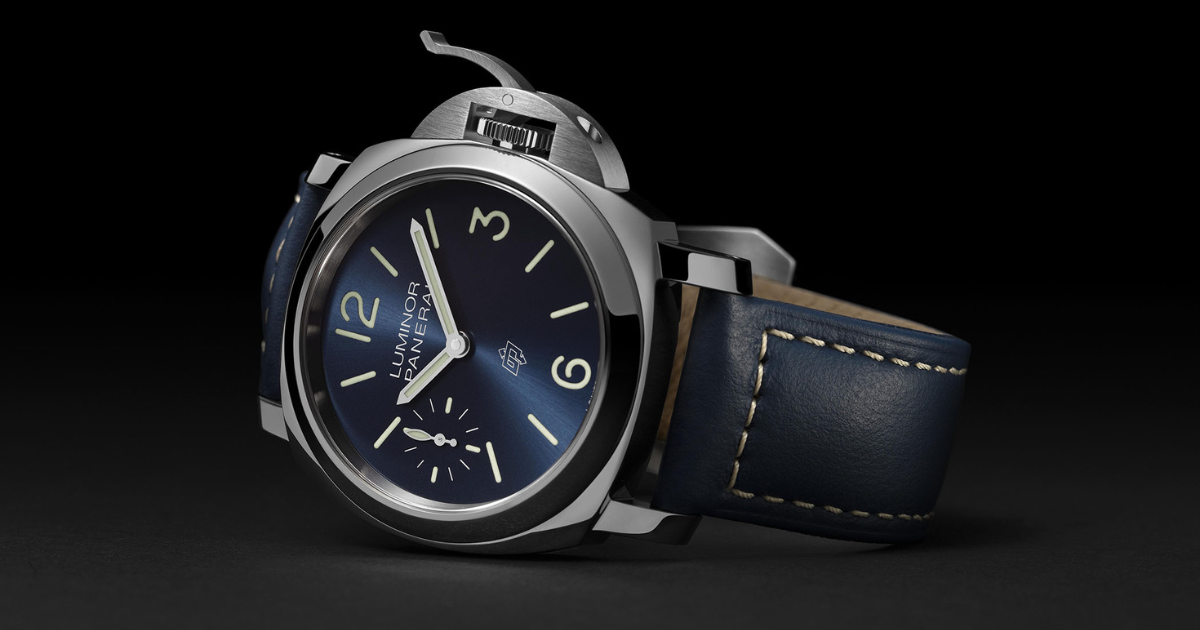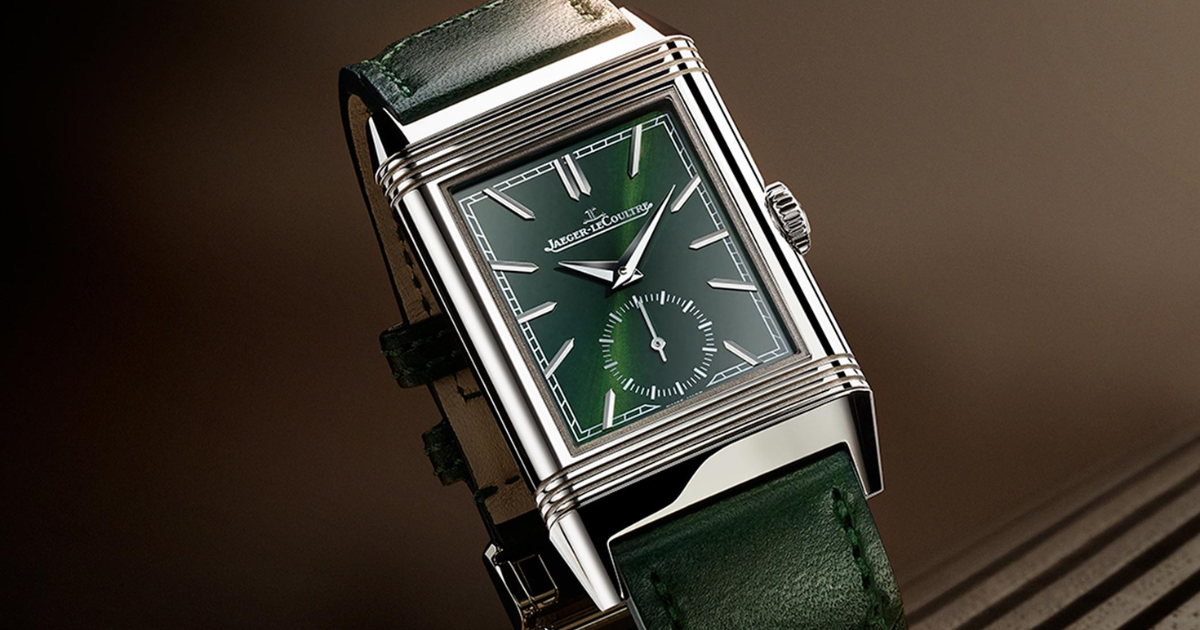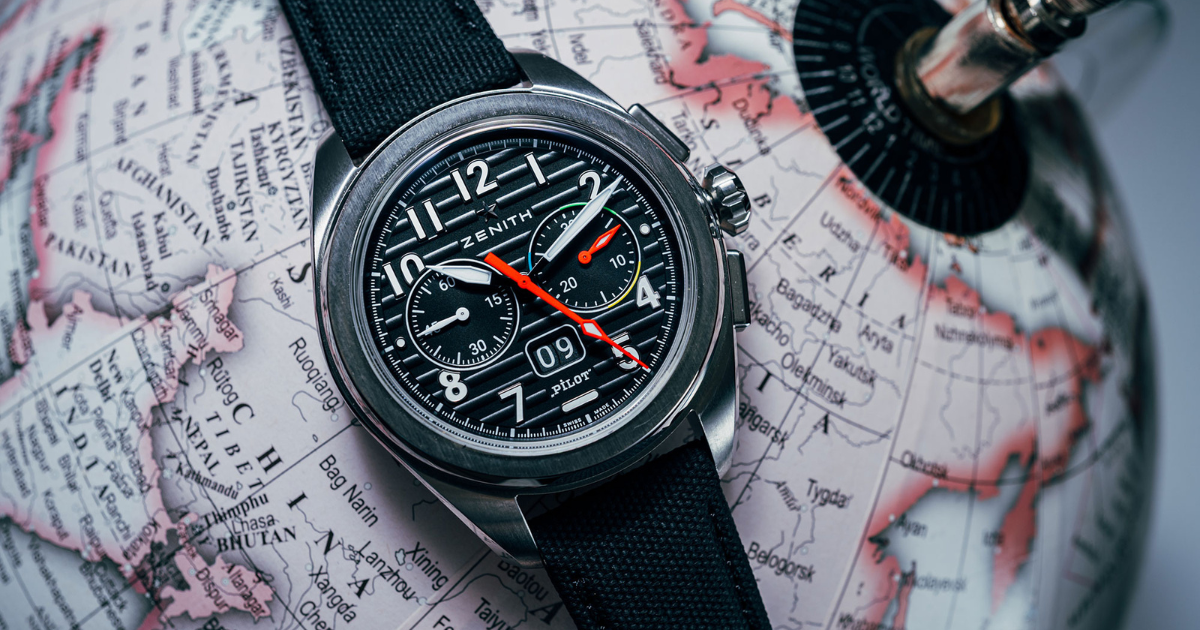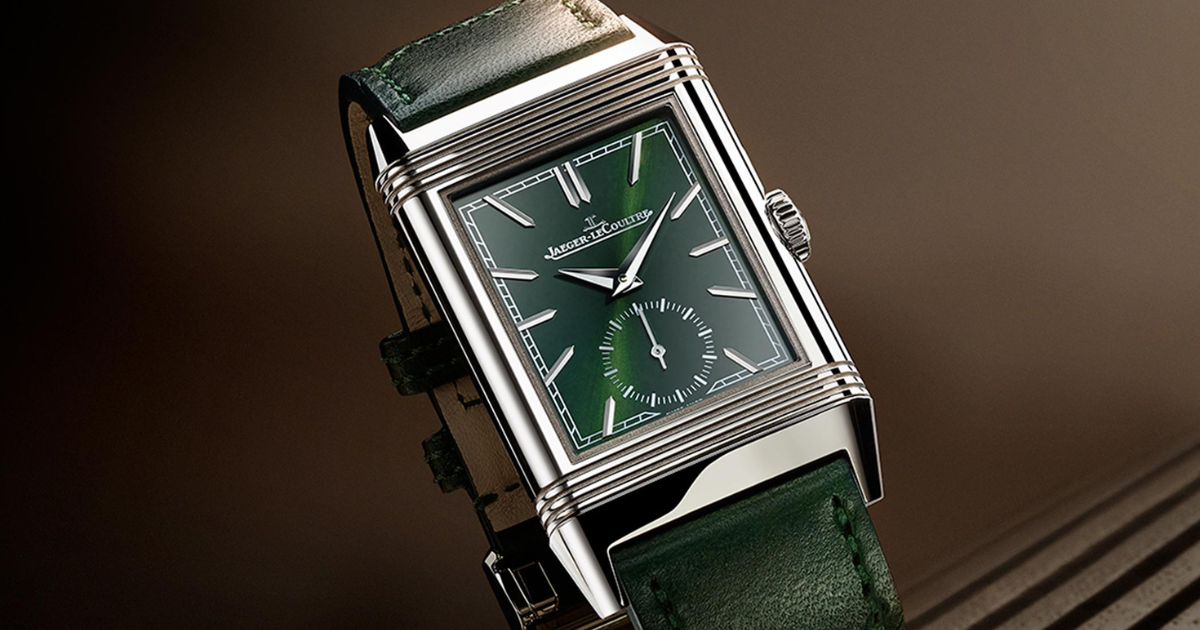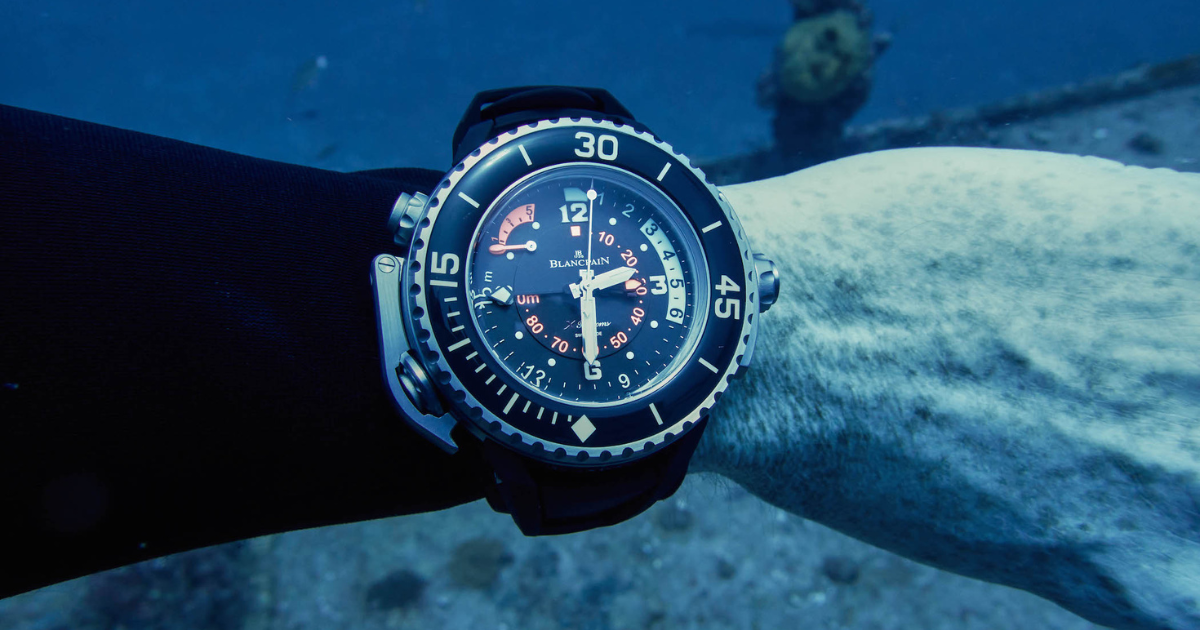Watch Features: Perpetual Calendar. Discover the essence of luxury watches in our captivating article. Enjoy reading!
Author Archives: Karson
Ceramic vs Stainless Steel Bezel. Discover the essence of luxury watches in our captivating article. Enjoy reading!
Discover the essence of luxury watches in our captivating article. Enjoy reading!
Discover the essence of luxury watches in our captivating article. Enjoy reading!
Discover the essence of luxury watches in our captivating article. Enjoy reading!
Discover the essence of luxury watches in our captivating article. Enjoy reading!
Discover the essence of luxury watches in our captivating article. Enjoy reading!
Discover the essence of luxury watches in our captivating article. Enjoy reading!
Discover the essence of luxury watches in our captivating article. Enjoy reading!
Discover the essence of luxury watches in our captivating article. Enjoy reading!
Discover the essence of luxury watches in our captivating article. Enjoy reading!
Discover the essence of luxury watches in our captivating article. Enjoy reading!
The Oldest Luxury Watch Brands. Discover the essence of luxury watches in our captivating article. Enjoy reading!
How to Spot a Fake Rolex. Discover the essence of luxury watches in our captivating article. Enjoy reading!
The Sleek Sophistication of Ceramic Watches. Discover the essence of luxury watches in our captivating article. Enjoy reading!
Discover the essence of luxury watches in our captivating article. Enjoy reading!
Discover the essence of luxury watches in our captivating article. Enjoy reading!
Discover the essence of luxury watches in our captivating article. Enjoy reading!
Discover the essence of luxury watches in our captivating article. Enjoy reading!
Discover the essence of luxury watches in our captivating article. Enjoy reading!
Discover the essence of luxury watches in our captivating article. Enjoy reading!



















